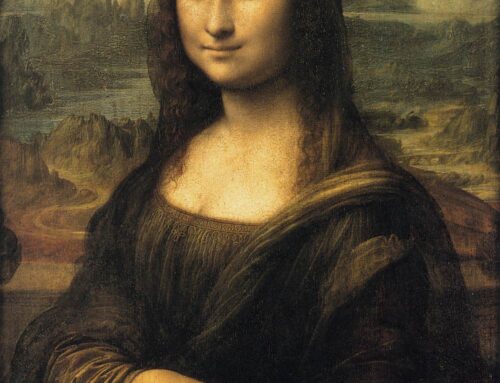For Your Eyes Only: early modern techniques of keeping letters secret. From the article:
Mary Queen of Scots was far from the only person who was skilled in the art of “letterlocking” – the technique became common throughout Europe during the Late Middle Ages (1250-1500) and Early Modern periods (1500-1815). By folding and cutting letters in various clever patterns, people attempted to hide their correspondence from unwanted readers, and the “locks” came in myriad types.
“This isn’t something special that people do on special occasions. This is how you send a letter before the envelope is invented,” explains Daniel Starza Smith, a lecturer in Early Modern English literature at King’s College London. “So, if it’s a business letter, if it’s a love letter, if it’s a spy letter, if it’s a diplomatic letter, they’re all using letterlocking. So it’s not something confined to experts, royalty or spy masters. Anyone who is capable of sending a letter is using letterlocking.”
But in the present day, we’re only beginning to understand the technique’s importance in history. In recent years, a whole taxonomy of apparently forgotten letterlocking tricks have been uncovered….
Along with various other sources they found, the Brienne Collection has allowed [Jana] Dambrogio and Starza Smith to identify a range of letterlocking techniques known to people during the Early Modern Age.
Over time, the pair have compiled what is essentially a “periodic table” of letterlocking. This includes at least 18 different formats, ranging from the simplest of locks – a rolled scroll sealed with wax – to a packet which has 12 edges once sealed. They also describe attributes such as whether they feature slits or tucks, as well as rating the security of locks, according to how tamper-resistant they would have been. While it might have been possible for a determined snooper to reinstate some locks undetected, the difficulty of doing so varied – in some cases, they’d have no choice but to rip a strip of paper, or visibly break the adhesive….
Today, when people think about keeping their messages secure from prying eyes, they tend to focus on digital communication, such as the “end-to-end encryption” of services such as WhatsApp or Signal. But letterlocking demonstrates that the urge to communicate securely is much older than many might assume.
“As far back as humans have walked the Earth and wanted to document something, there’s been a need to have discretion,” says Dambrogio. The Ancient Greeks and Egyptians used seals for correspondence and notarisation. And the documentation of Mesopotamia, thousands of years ago, was often encased in clay envelopes called bullae.









Leave A Comment